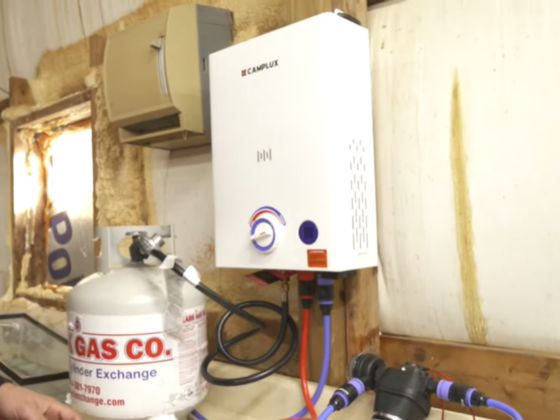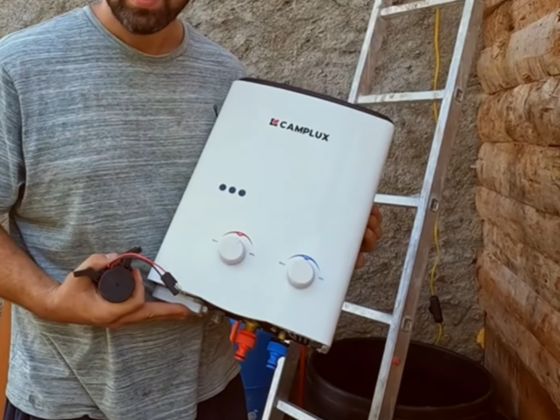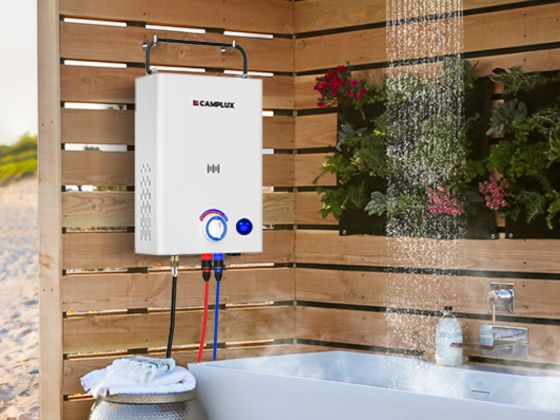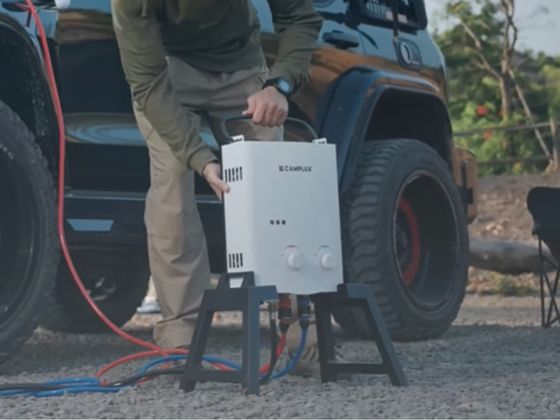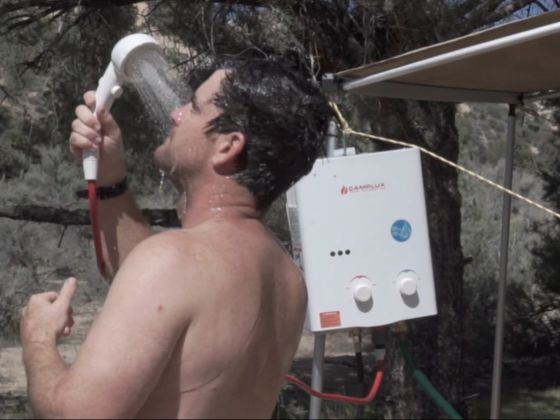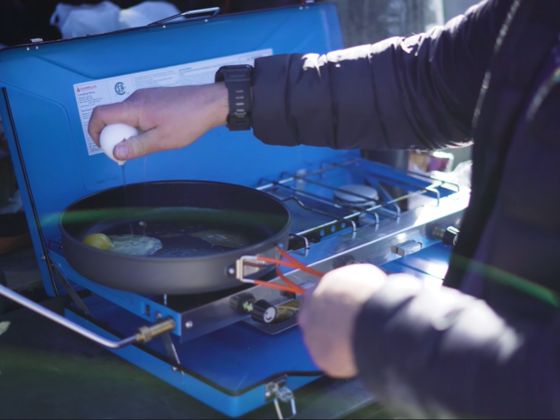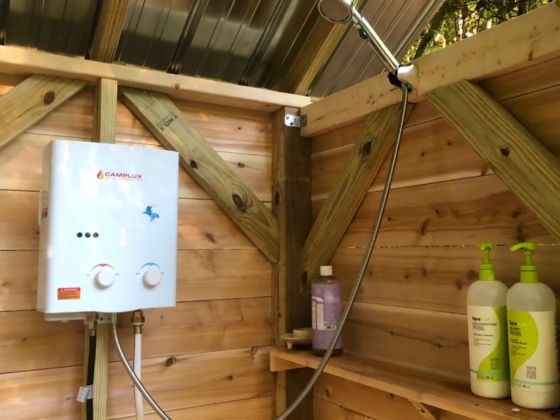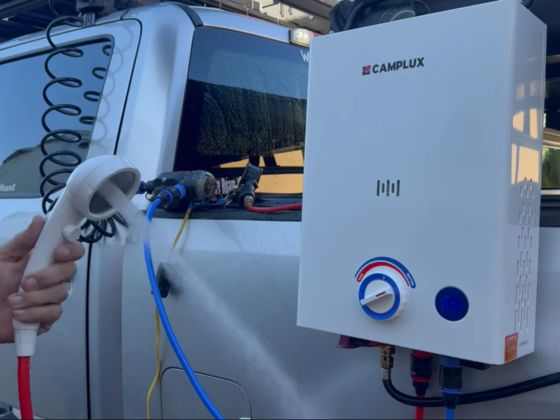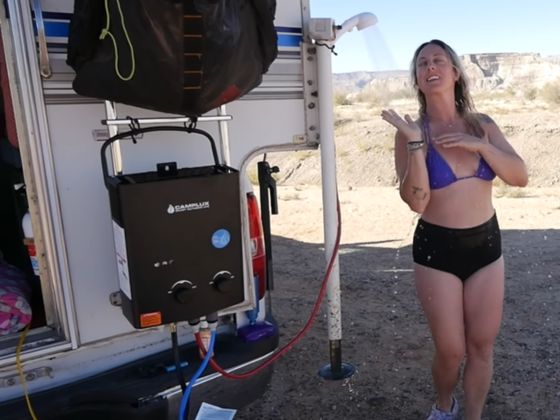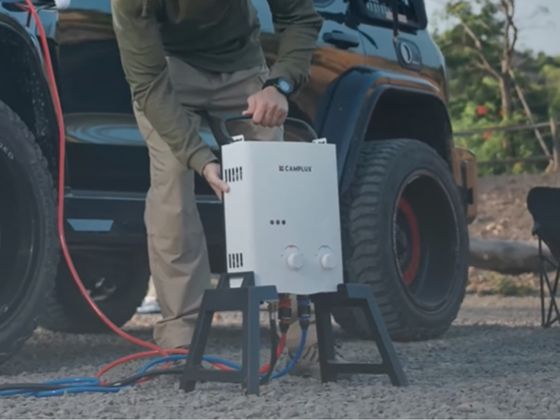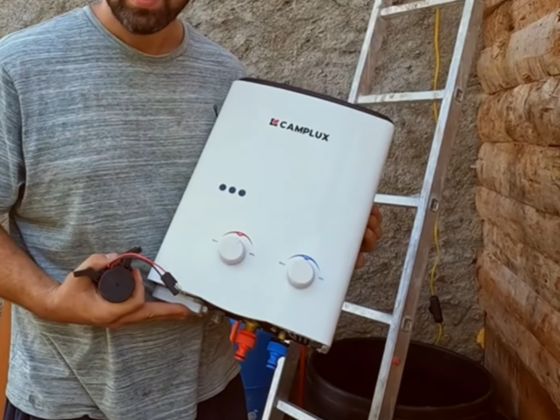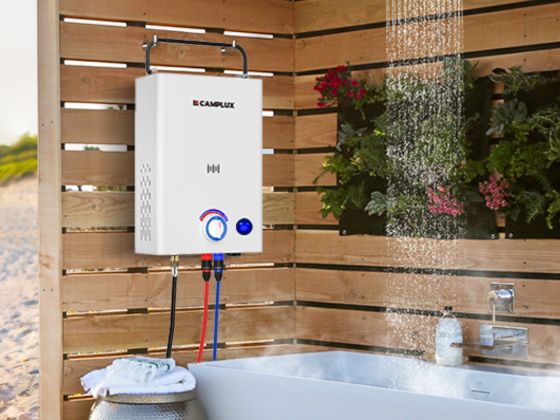If you live off-grid in Australia—or spend your weekends roaming the bush in a van or towing a camper—hot water isn’t a luxury, it’s sanity. Showers after a salty beach day, washing up without freezing fingers, bathing the kids before bed in the annex: all miles easier with an Instant gas solution that you can set up, use, and pack down without fuss. This guide walks you through safe, confident use in Aussie conditions, with clear steps, simple explanations, and model tips from the Camplux lens.
Who This Guide Is For (Use Cases & Goals)
-
Campers and caravanners who want a reliable outdoor shower at the campsite without burning half the daylight to set it up.
-
Off-grid families and remote property owners who need everyday hot water for washing up, rinsing gear, or quick showers outside.
-
Seasonal workers and tradies on rural blocks who want a tidy, safe wash station on the job.
Your goal: operate an outdoor gas hot water system safely, efficiently, and in line with Aussie expectations—no dramas, even when the wind comes up or the mozzies come out.
60-Second Safety Checklist (Before You Start)
Do this quick scan each time. It’s the difference between “sweet as” and “uh-oh”.
-
Outdoor use only. Never run a gas unit in an enclosed space (tents, bathrooms, sheds, annexes without cross-flow). You need strong ventilation in the open air.
-
Cylinder upright and secured. Regulator and hose should be Australian-approved, undamaged, and within date. Do a soapy-water leak test on connections—look for bubbles.
-
Water supply sorted. Use a clean source, fit a pre-filter, and ensure your 12V pump and battery are ready. Keep kids and pets away from the front of the unit.
-
Weather plan. Shield from wind gusts and stray rain drips without blocking airflow. For caravans and RVs, a CO alarm is a sensible extra layer.
-
Clearances. Keep safe distances from windows, air intakes, awnings, and combustible materials. Give the unit breathing room.
Instant Gas 101: How It Works & Why It’s Great Off-Grid
An Instant hot water system doesn’t store hot water. Instead, it senses flow: when you open the tap and water starts moving, it ignites a burner and heats the water as it passes through a heat exchanger.
A few specs in plain English:
-
Flow rate (L/min): How much water the unit can heat each minute. More L/min = higher shower comfort for families, but also higher fuel use.
-
ΔT (temperature rise): How many degrees the heater can increase the inlet temperature at a given flow. Think of it as “lift”—the colder the source water, the slower you may need to run the tap to get a warm shower.
-
Minimum start flow: The smallest trickle needed to trigger ignition. If you’ve ever cracked a tap just a smidge and the burner “doesn’t wake up,” that’s why.
Why it suits off-grid life: you only heat what you use, the footprint is compact, and it pairs neatly with a standard 12V diaphragm pump. In short, it’s a hot water system on-demand without the bulk or standby losses of a tank.
Australia Compliance Boundaries (Portable vs Fixed)
This bit’s important—and it keeps you on the right side of safety and good practice.
-
Portable units are for outdoor, temporary use only. They’re not for indoor bathrooms, enclosed annexes, or permanent installs. Keep them outside with strong airflow.
-
Fixed or flued installs (hard-plumbed to gas/water, set in one location) require a licensed gasfitter and adherence to Australian standards, including clearances, weather protection, and correct discharge/air paths.
-
Best practice: Always follow the manufacturer’s instructions, maintain clearances, and keep rating plates and manuals accessible.
If you’re unsure, treat the unit as portable and keep it outdoors in the open. When in doubt about plumbing or flue scenarios, call a pro.
Sizing & Model Picks (Camplux-Forward)
Pick flow to fit your crew and how you camp:
-
Solo or couple, weekenders: ~6–8 L/min is comfortable and fuel-sensible for quick showers.
-
Small family or more comfort: ~8–10 L/min helps prevent the “cold blast” when someone flushes or the breeze shifts.
Two capabilities matter more than people realise:
-
Low start-flow: Lets you run a gentle stream without the burner constantly dropping out.
-
Stable temperature control: Smooths out those “too hot / too cold” swings, especially with variable pump pressure.
From a Camplux AU perspective:
-
Portable units are brilliant as a portable hot water system for camping—simple hookups, quick pack-away.
-
For semi-permanent outdoor points (farm shed, backyard wash zone), look at a BV series wall-mount such as BV158 (8 L/min)—purpose-built as an outdoor hot water system and sized for everyday convenience.
If your source water runs cold in winter or you love long rinses, consider a better shower head (low-flow but comfortable spray), a steady 12V pump with an accumulator, and a mixing valve you like.
Build the System: Water, Gas & Power Done Right
Water path
A 12V diaphragm pump draws from a jerry or tank, pushes through a pre-filter, and on to the heater and your shower head. An accumulator smooths pulses so you don’t feel the “wub-wub” as the pump cycles. Think of it like cruise control for water—fewer temperature jolts.
Gas path
You’ll typically run LPG from a portable cylinder. Australia now has LCC27 valves on newer bottles; older bottles use POL. Your regulator should be around 2.75 kPa with compliant hose and fittings. Keep the cylinder upright, shaded from direct heat, and out of foot traffic. This is the classic lpg gas hot water system setup. If you see or smell anything odd, stop and test with soapy water.
Power path
Most portables spark with batteries; your pump will be 12V (often 5–10 A when running). Use adequate cable gauge, protect connections from spray, and route wiring away from sharp edges and hot surfaces.
Placement
Mount the heater vertically and give it clean air. Avoid pointing the exhaust across walkways. Keep sensible distances from windows and tent flaps, and use wind baffles that don’t choke airflow. If the breeze changes mid-shower on a chilly arvo, you want the flame stable.
First Run & Everyday Operation (Sequence Matters)
-
Leak-test the gas line with soapy water. No bubbles? Good to go.
-
Water on first. Prime the pump; confirm a steady flow through the shower head.
-
Set flow, then temperature. Start at a moderate stream. Adjust water flow to the comfort zone, then fine-tune using the gas knob.
-
Open the gas and confirm ignition. You’ll often hear a soft “whoomp” and see outlet temperature climb.
-
While running, keep the area ventilated and the unit face clear. If a gust makes the flame stumble, slightly reduce flow or adjust your wind shield.
-
Shut-down: turn gas off first, then water. Drain hoses and the heater core, especially if you’re packing up or frost is possible overnight.
Tip: Avoid ultra-low flow “dribble mode”—it can cause the burner to cycle and spike outlet temps. Better to run a steady, comfortable stream.
Critical Safety Details People Miss
-
CO and airflow: Never operate in enclosed spaces. RV awnings, partly zipped annexes, and garages can all trap exhaust if the wind swings. Keep it outside, open, and well-ventilated.
-
Scald prevention: Set a sensible top temperature, brief kids before they hop in, and test with your hand first. If granny’s joining, err on the cooler side to avoid sudden shocks.
-
Cylinder handling: Transport upright and secured (in the ute tray or ventilated compartment), separate from heat sources. Don’t leave bottles rolling around the boot.
-
Coastal care: Salt air is brutal. Rinse the case and fittings lightly after beach trips and look for early signs of corrosion.
Maintenance Calendar (Off-Grid Friendly)
Every use
Quick visual check, soapy leak test on new connections, and rinse the inlet filter if your water’s a bit murky.
Monthly
Soak the shower head in a mild descaler (even white vinegar) to clear mineral build-up. Inspect hoses and O-rings for cracks. Brush away cobwebs from air inlets to prevent airflow restrictions.
Seasonal
Drain the unit fully before frosts. Before big holidays, do a system once-over: pump, wiring, fittings, and a short test run. If your inlet water is hard, consider a gentle descaling pass through the heat exchanger per the manual.
Handy spares kit
Spare shower head, O-rings, ignition batteries, inlet filter cartridge, and PTFE tape. Chuck it in a clear box so you’re not hunting at dusk.
Troubleshooting Tree (DIY Checks First)
-
No ignition or flame dies quickly
Water pressure too low, a big wind gust, empty cylinder, blocked jet, or weak batteries. Check water first (filter, pump, accumulator), then gas (bottle, regulator, hose), then power. -
Temperature swings
Flow too high (water racing faster than the burner can heat), or the shower head is scaled. Dial back the flow a touch and descale the head. If your pump surges, an accumulator can help smooth it. -
Yellow flame or odd smell
Air starvation, blocked vent, or dirty injector. Power down, let it cool, clear the intake, and inspect for signs of dust or spider webs. -
Order of attack: water → gas → power → environment. If in doubt, pause and get support. Repeated faults or anything scorched or deformed needs a professional eye.
Water & Gas Use: Quick Cost and Load Sense
A simple planning rule:
-
Three-minute shower per person at ~6–7 L/min uses roughly 18–21 L of water.
-
LPG use depends on your ΔT and flow, but a family of four taking short showers every second day barely dents a standard cylinder across a fortnight trip.
To stretch your supplies further:
-
Use a quality low-flow shower head that still feels good.
-
Choose units with a low start-flow so you don’t have to crank the tap.
-
Keep inlet filters clean so the pump works less hard and your outlet temperature stays stable.
Environment & Stewardship
Camp with care. Avoid dumping scalding hot water straight on the ground; let it cool or blend in cold first. Think about where your greywater flows—away from waterways and campsites—and use biodegradable soaps. A set outlet temperature encourages shorter showers and less fiddling, which saves water and gas.
When You Must Use a Professional
-
Any fixed or flued installation, or changes to permanent gas plumbing.
-
Repeated flame-outs you can’t solve with the basics, persistent gas smell, or visual damage to the unit.
-
Signs of heat stress (browning, warping), electrical faults, or water ingress into the housing.
A licensed gasfitter can assess placement, clearances, flue options, and compliance so you stay safe and sorted.
Camplux-Forward: Picking the Right Gear for Aussie Life
Let your lifestyle lead the choice:
-
Roaming most weekends? A tidy portable rig is the gas hot water system camping setup that won’t eat your boot space. With the right pump/filter combo, it’s set-and-forget.
-
Semi-permanent outdoor point at home or a rural block? A wall-mount like the Camplux BV158 (8 L/min) is a dependable outdoor shower option that balances comfort and efficiency in a breeze.
-
Fuel flexibility and availability: LPG bottles are easy to swap and stow in Australia, making a propane hot water system practical anywhere you can take a ute. Many Aussies simply think of this as a Gas hot water system, but under the hood it’s the same LPG tech that keeps your barbie sizzling. Grab the right gas bottle and you’re off.
Camplux designs speak to off-grid realities: low start-flow, over-temperature, flame-out, and wind protections, plus hardware that stands up to dust, salt air, and the odd knock. If your setup is an instant gas hot water system lpg build, you’ll be right at home with Camplux’s focus on stable heating and straightforward controls.
Final Take
Keep it outdoors, keep it ventilated, follow the start-up sequence, and maintain the basics. Pick flow to suit your crew, match it with a steady pump and a decent shower head, and you’ll have a On demand hot water system that feels like home—whether you’re off-grid full-time or chasing sunsets on the weekend. In Aussie terms: set it up right and you’ll be right as rain.

